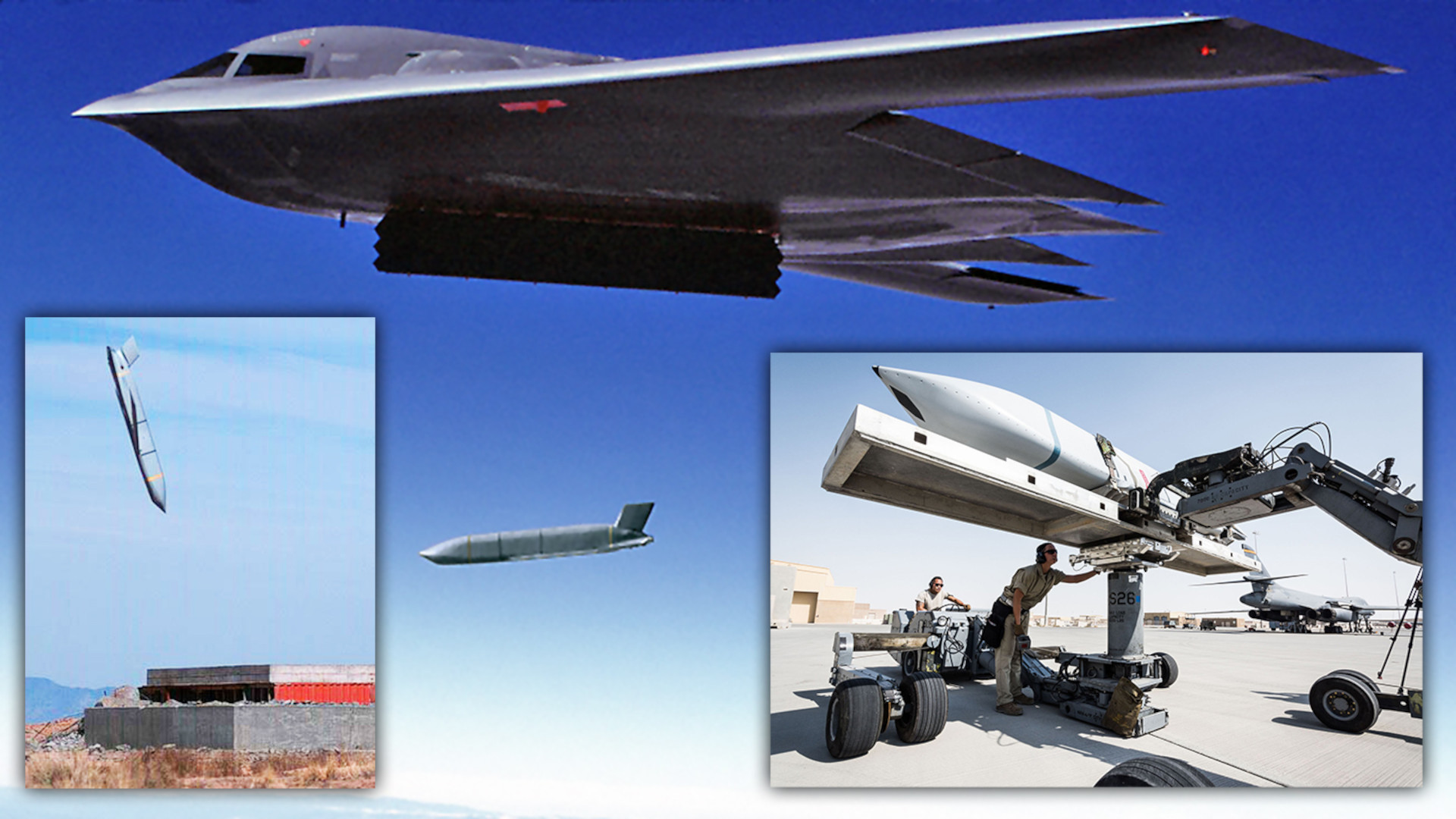The highly anticipated new B-21 Raider may be waiting in the wings to replace it, but the U.S. Air Force’s original stealth bomber, the B-2 Spirit, is continuing to get upgrades to ensure it can remain at the sharp end of the precision strike and nuclear deterrent missions. The aircraft’s manufacturer, Northrop Grumman, disclosed today that B-2 has now successfully conducted a test launch of the stealthy AGM-158B JASSM-ER cruise missile.
In a press release today, the defense contractor revealed details about the JASSM-ER test and also discussed other modernization efforts. Air Force B-2s are also in the process of getting a new radar-assisted targeting package designed to be used together with the forthcoming B61-12 nuclear bomb and modernized cryptologic equipment to better ensure secure the aircraft’s communications systems.
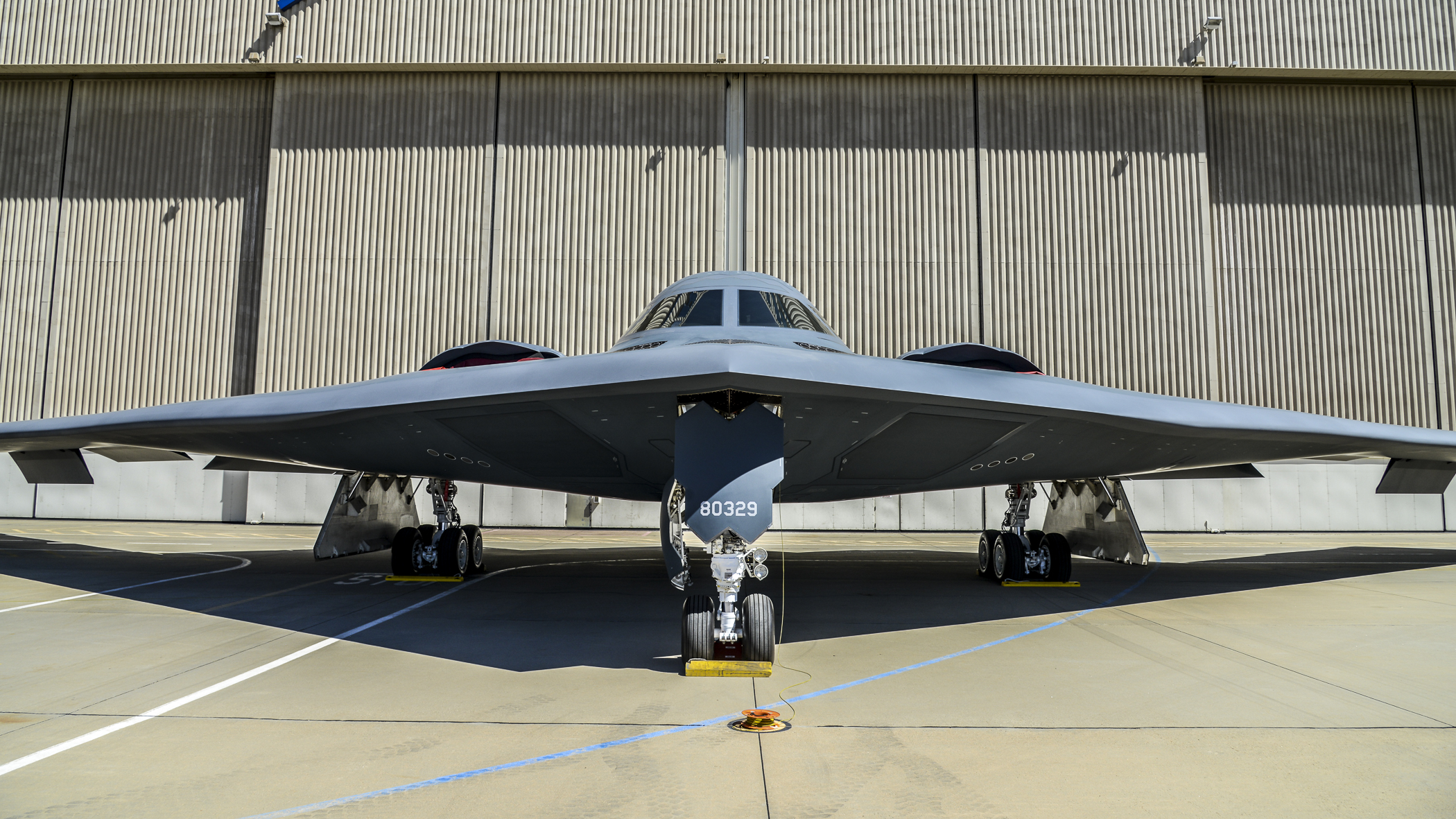
“The unrivaled capabilities of the B-2 make it the only long-range, penetrating stealth bomber currently in the U.S. arsenal,” said Shaugnessy Reynolds, vice president, and B-2 program manager, Northrop Grumman. “Committed to the continued modernization of the B-2, we’re leveraging our company’s innovation in digital engineering and its decades of leadership in designing and maintaining low observable platforms to keep the B-2 Spirit mission ready.”
Work to integrate the JASSM-ER, or Joint Air-to-Surface Standoff Missile-Extended Range, has evidently been ongoing for some time. Although only announced now, a B-2 successfully launched a JASSM-ER for the first time in a test mission last December, Northrop Grumman confirmed to The War Zone. It’s unclear when the Air Force currently expects its B-2 fleet to reach initial operational capability with the AGM-158B.
In its press release, Northrop Grumman also describes the AGM-158B JASSM-ER as the B-2’s “first long-range stealth missile.” However, the bomber is already able to carry up to 16 of the baseline AGM-158A JASSM, which shares the same basic dimensions as the JASSM-ER. However, while the initial JASSM has a range of almost 250 miles, the JASSM-ER’s range is reportedly around 600 miles, a significant difference, thanks to increased fuel capacity and a more efficient turbofan engine.
“The JASSM-ER further enhances the B-2’s ability to hit any target, anywhere,” Northrop Grumman’s press release states.

The JASSM-ER was introduced to service in 2014, but was originally limited to the B-1B bomber. Since then, it has also been integrated with other platforms, including the F-15E Strike Eagle, which achieved full operational capability with the new missile in 2018.
Integrating the AGM-158B onto the B-2 bomber opens doors to additional capabilities in the future. There are three AGM-158B subvariants and derivatives already in development that will further expand the JASSM-ER’s range and operational flexibly. This includes the AGM-158B-2, which has an all-new wing design that will extend its range, as well as other enhancements.
The AGM-158B-2 version appears to be what was originally referred to as the JASSM-Extreme Range, or JASSM-XR, and that looked like it might receive the AGM-158D designation. The AGM-158D designation has now been applied to a planned version of the AGM-158B with a two-way data link, specifically to enable retargeting “post-launch, against relocatable or higher priority targets during mission execution,” according to the Air Force’s most recent budget request for the 2023 Fiscal year. A data link could also provide route updates based on pop-up threats, better after-action assessments, and other benefits.
There is an AGM-158B-3 variant in the works, as well, which will add a M-code GPS receiver, offering additional resistance to jamming and spoofing, to its guided package. The U.S. military already faces the very real prospect of degraded access, or even a total loss of connectivity, to the GPS network during any future major conflict, especially against potential near-peer adversaries such as China and Russia.
There do not appear to be any plans at present to integrate the AGM-158C Long Range Anti-Ship Missile (LRASM), another AGM-158B derivative, onto the B-2.
Despite the B-21 now preparing for its first flight, planned for next year, the B-2 remains a key tool for the U.S. military for conducting very-long range nuclear and conventional strikes in denied areas. In addition to nuclear weapons, the bomber can already carry very large amounts of conventional munitions, including up to 80 independently targetable 500-pound Joint Direct Attack Munition (JDAMs) precision-guided bombs. It is also the only Air Force platform certified to operationally employ the 33,000-pound GBU-57 Massive Ordnance Penetrators (MOP) deep-penetrating bomb, of which it can carry two at a time.
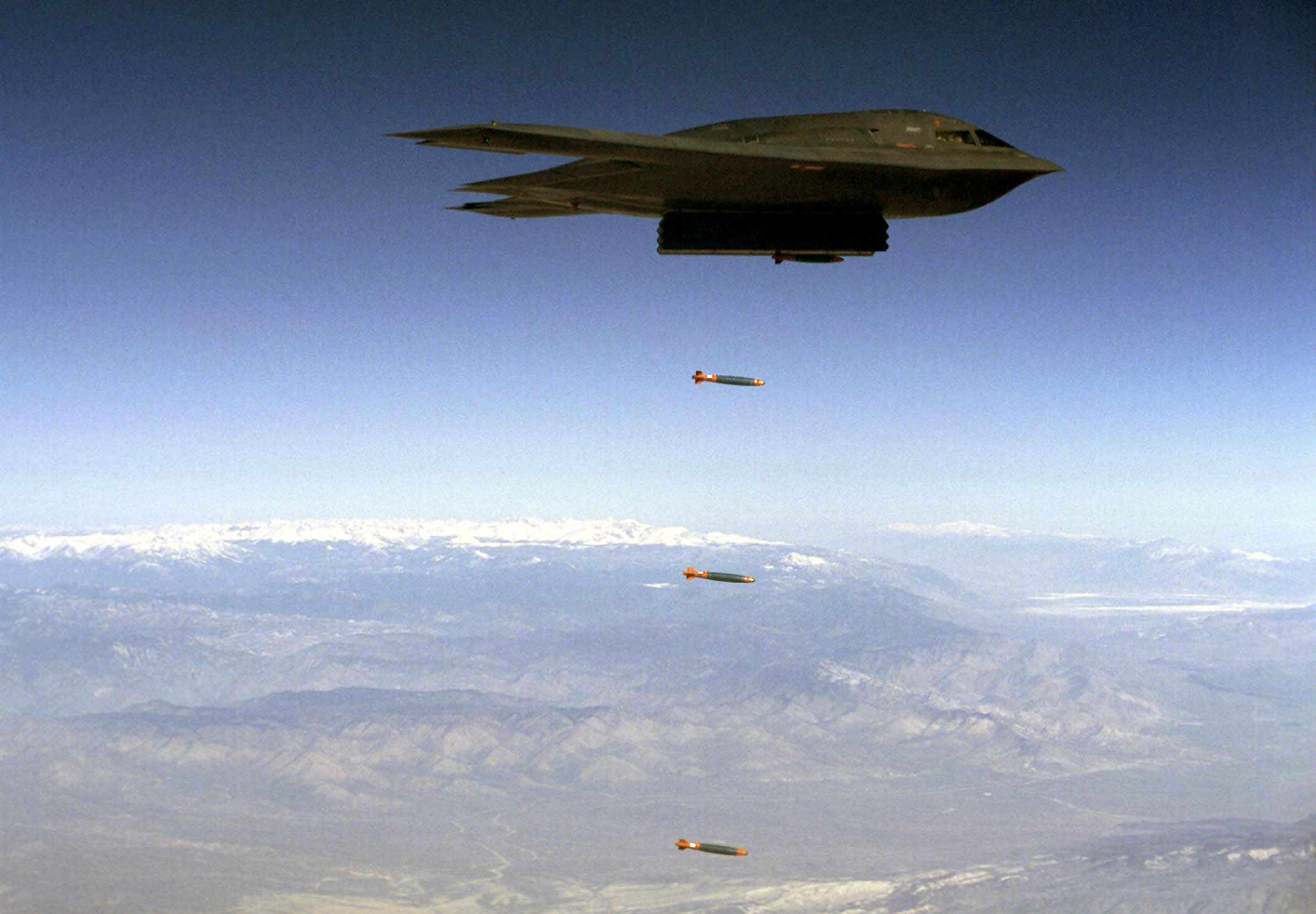
However, the importance of the JASSM-ER has only grown since the Air Force retired the conventional variants of the Air-Launched Cruise Missile (ALCM), the AGM-86C and D versions, which were carried by the B-52H. The future of the non-nuclear version of the service’s in-the-works stealthy Long-Range Stand-Off (LRSO) cruise missile is also uncertain. This essentially leaves the JASSM-ER as the service’s premier non-nuclear stand-off land attack weapon.
As one of the Air Force’s two currently operational nuclear-capable long-range bombers, the other being the B-52H, the B-2 is slated to be one of the launch platforms for the nuclear-armed version of the LRSO.
Stand-off strike capabilities, in general, are likely to only become more important for the B-2 as time goes on. Dsepite being a very stealthy design, the B-2s aren’t invisible and aircraft still face threats from continually improving enemy integrated air defense networks, especially among potential near-peer adversaries, as well as the proliferation of those capabilities.
The Spirits are also in the process of receiving other upgrades to improve their strategic deterrence capabilities.
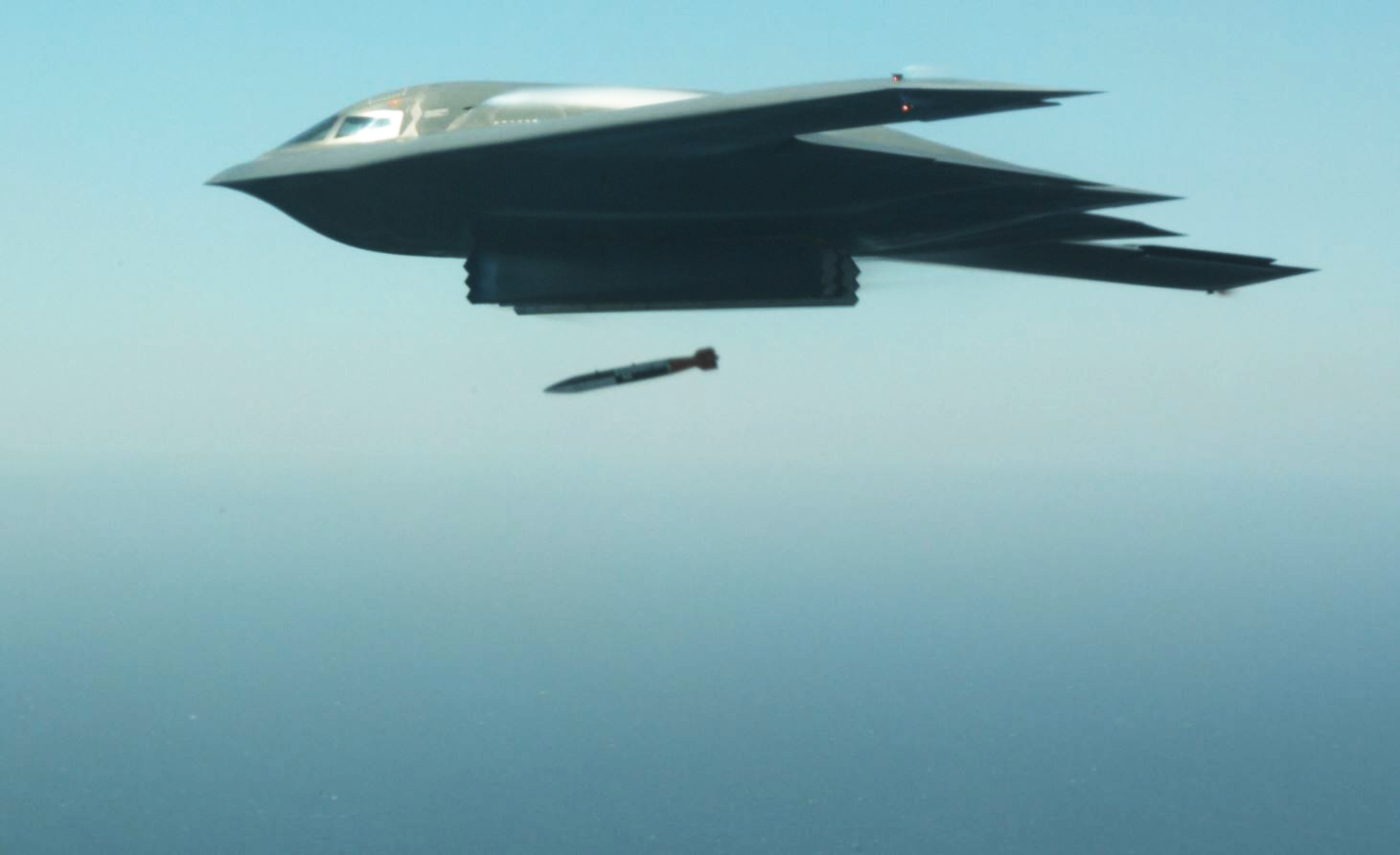
In today’s press release, Northrop Grumman specifically highlighted work to add a new Radar Aided Targeting System, or RATS, onto the B-2. The addition of these systems across the fleet is part of the larger Integrated Functional Capability (IFC) P6.4 upgrade, which was certified by the Air Force last year. RATS gives the B-2 an enhanced ability to employ precision-guided munitions by leveraging location data provided by its radar.
“The integration of RATS allows the B-2 to fully employ the B-61 mod 12 nuclear bomb,” according to Northrop Grumman. “RATS is the key element of the nuclear modernization, as GPS may not be available during a bomber task force mission.”
Costing more than its weight in gold, the B61-12 is a fundamental part of the broader modernization of the U.S. nuclear weapons enterprise. These bombs are being made using a combination of new parts, including an Inertial Navigation System (INS) guidance package inside a new tail kit, as well as refurbished components from earlier B61-3, -4, -7, and -10 variants. B61-12s are ultimately set to replace all of the remaining examples of those previous versions in the U.S. stockpile.
It’s not immediately clear how RATS necessarily supports the employment of the B61-12 in a GPS denied/degraded environment, since the bomb’s tail guidance kit does not include a GPS receiver. However, given this, the B-2’s crew may use the aircraft’s onboard GPS to help determine its location relative to the target to provide initial cueing for the B61-12. A very precise radar-assisted bombing capability could be used to help employ B61-12s in a more accurate manner when GPS is not available and when using the weapon in unguided mode.
Regardless, as already noted, potential threats to the GPS network exist now and are only likely to grow in the future. At the same time, the ability to use the B61-12 in its precision-guided mode is essential for getting the most out of these new bombs. Currently, only the B-2, F-15E, the future B-21, and certain American and NATO F-35 Joint Strike Fighters are actually slated to be able to use the bomb with its precision guidance tail kit activated for much-enhanced accuracy and better standoff range.
In June this year, a B-2 released a B61-12 Joint Test Assembly, or JTA, over the Tonopah Test Range while utilizing the new RATS capability.
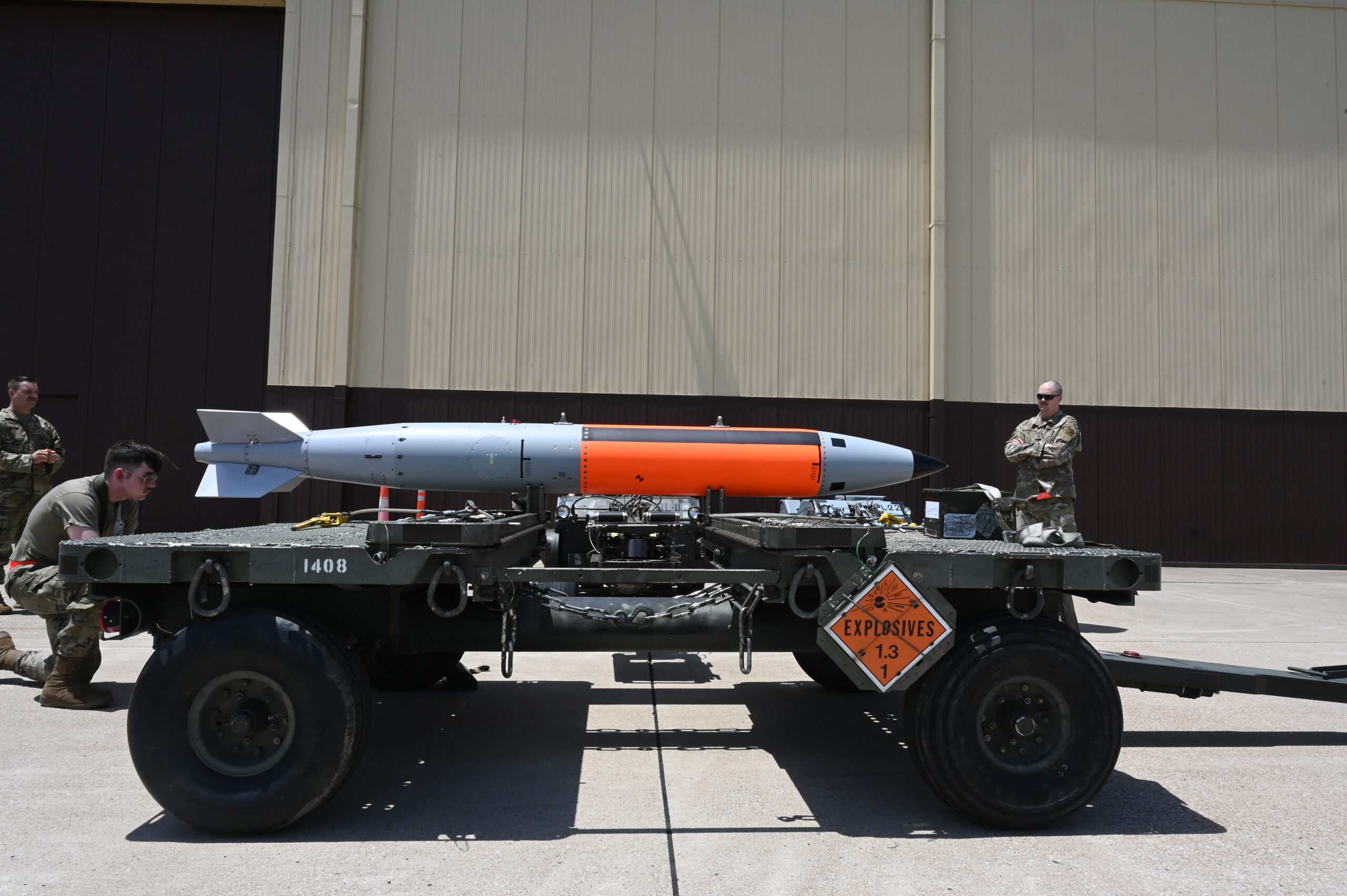
“We flew multiple sorties testing the new RATS capability over the last nine months and collected test points on its performance,” said Capt. David Durham, 72d Test and Evaluation Squadron B-2 weapons flight commander, in an Air Force media release last month. “Using RATS for the JTA release demonstrated what the new capability brings to the warfighter. This test was also the first release of the production unit of the B61-12 JTA.”
From now on, B-2s will release B61-12 JTAs during annual Weapon System Evaluation Program flight tests, to ensure the viability of this aspect of the bomber’s armory.
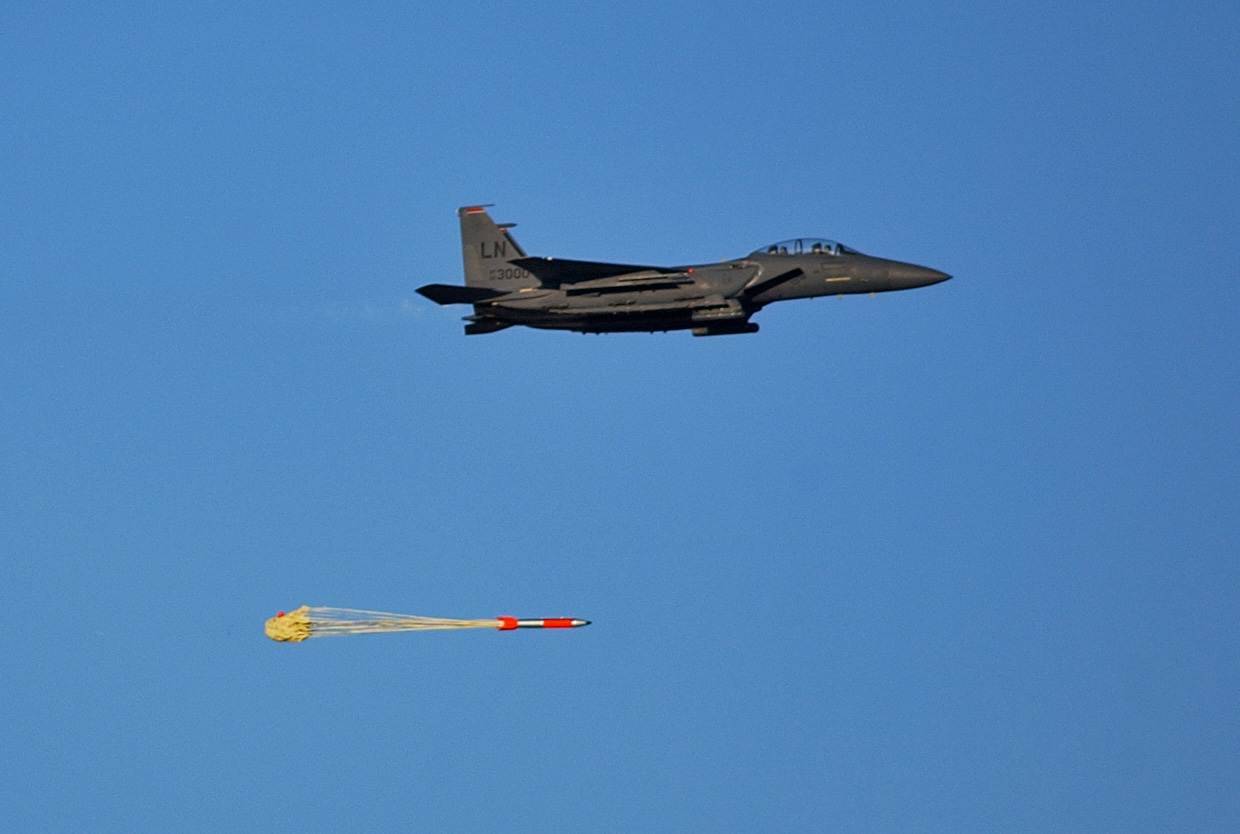
Finally, Northrop Grumman brought attention to the crypto modernization upgrade, another benefit of IFC P6.4. While details are scarce, this feature improves the security of high-frequency transmissions, and it was tested in flight earlier this year at Northrop Grumman’s Oklahoma City Weapons System Support Center site.
“Crypto modernization further improves the communications security of various high-frequency transmissions,” the company says. “The B-2 may now securely utilize advanced communication devices in the future threat environment.”
In the past, The War Zone has examined previous upgrades carried out on the B-2 fleet, including the Defensive Management System Modernization program, or DMS-M, which you can read more about here, plus initiatives for improving the processes for sustaining and maintaining the bombers. Prior to that, there have also been major efforts to introduce new communications equipment and improved avionics.
It’s also worth noting that Northrop Grumman has previously confirmed the ongoing experience with the B-2 is being fed into the B-21 program.
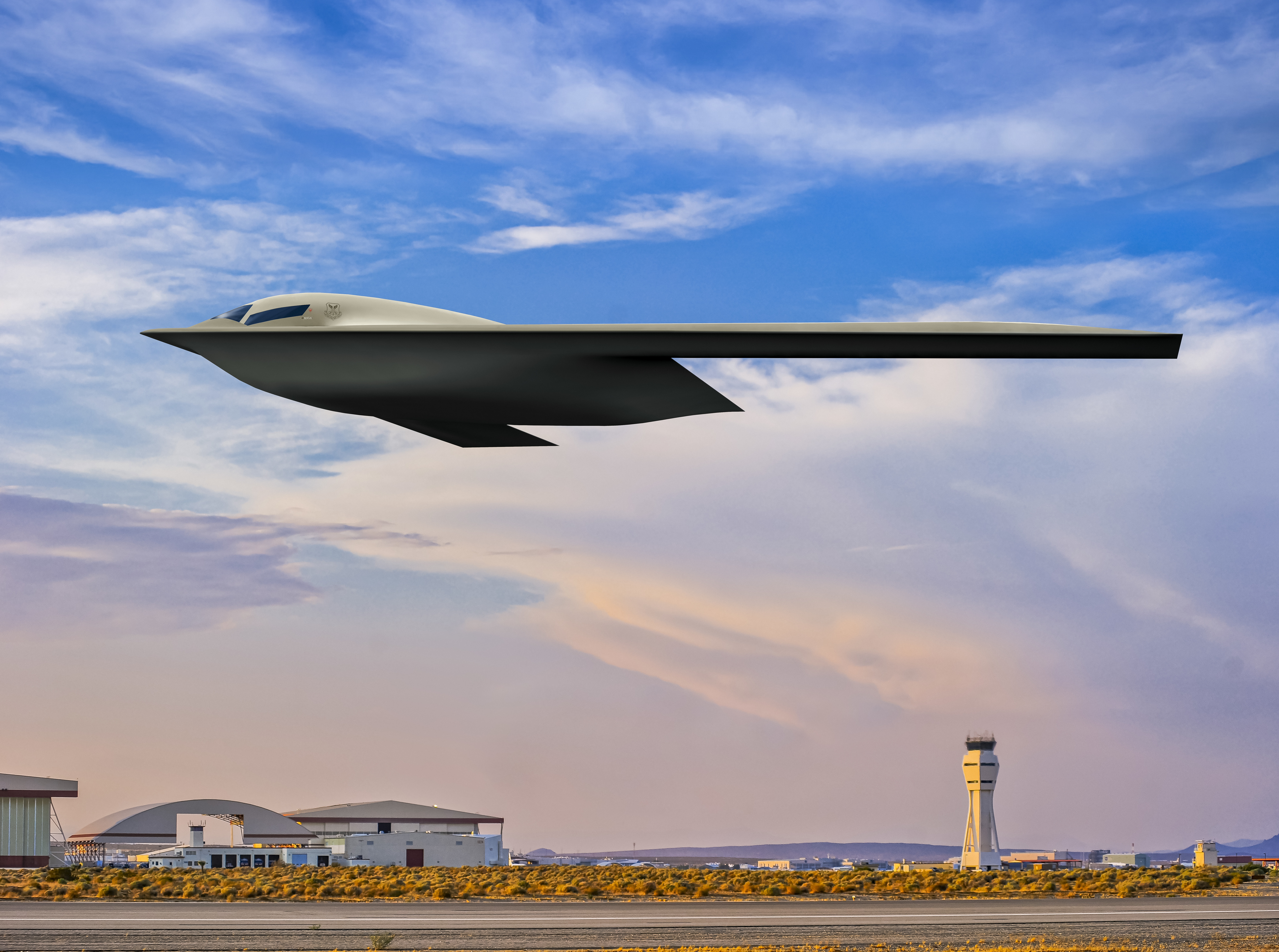
“What we learn on B-2 are finding themselves baselined in the design for B-21 for supportability, sustainability, for mission-capable rate,” Janis Pamiljans, then President of Northrop Grumman’s Aerospace Systems sector and the company’s Corporate Vice President, said back in late 2019. “So we are bringing you the next generation capability. At the end of the day, where the B-2 goes, so goes B-21.”
With that in mind, the JASSM-ER, along with other weapons are almost certain to find their way into the B-21’s armory, and it’s also highly likely that the RATS and crypto modernization efforts will also be leveraged for the B-21 in at least some capacity. It’s also possible that there has been a flow of technology in the other direction, as well, with spinoffs from the B-21’s development feeding into B-2 upgrades.
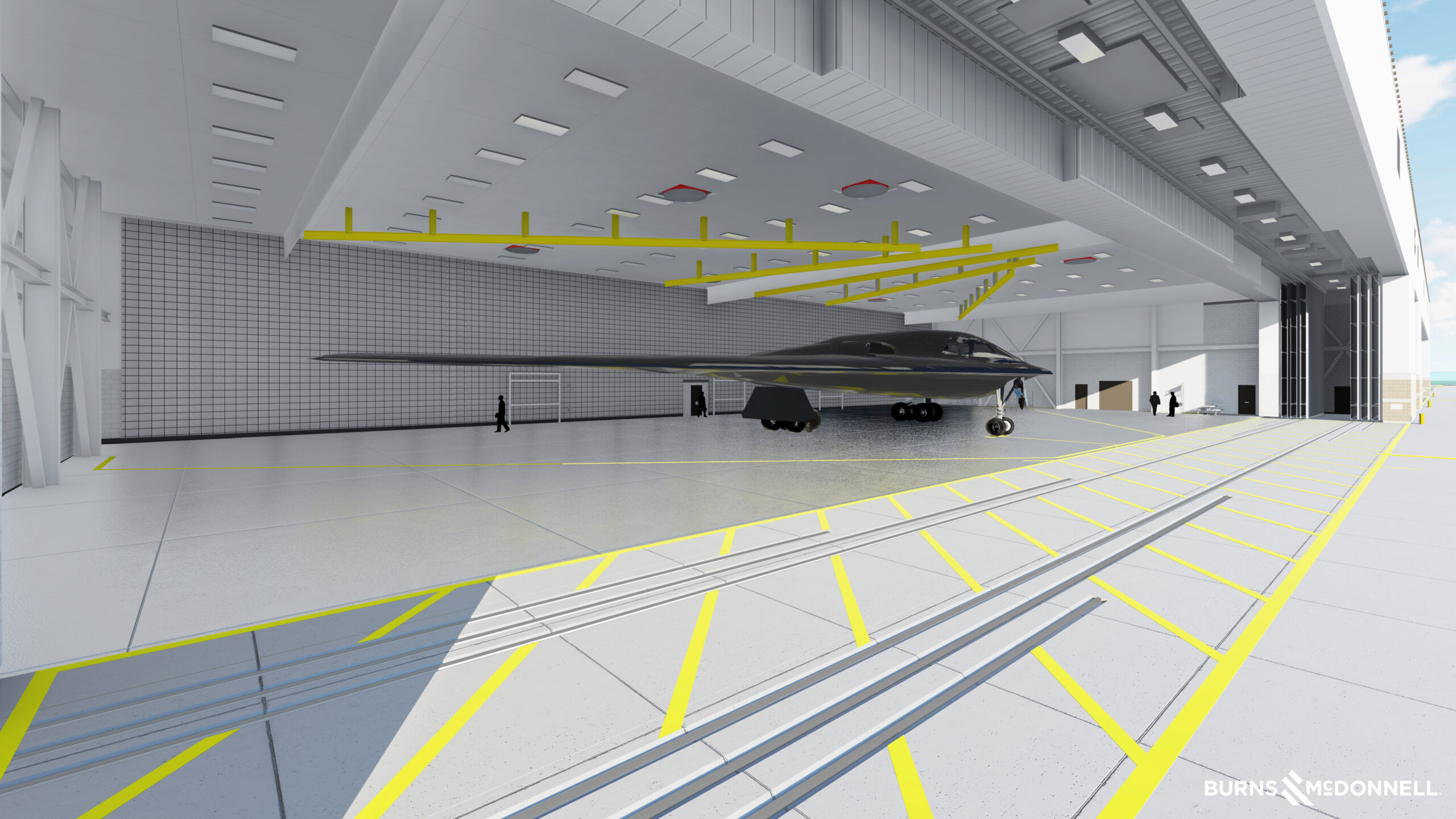
At least some of the 19 combat-coded B-2s will fly alongside the B-21 for some time after the new bomber’s introduction, currently slated to occur in the late 2020s. Ultimately the Spirits will be retired, together with the B-1 fleet, where downsizing has already begun. Exactly when the last of the B-2s are likely to be withdrawn has not been announced and will likely depend upon the final schedule for introducing B-21, as well as considerations about the overall size of the Air Force’s future bomber fleets.
Right up until its final retirement, it’s clear that the Air Force intends to keep the B-2 very much at the center of its strategic bomber force, thanks to the unique capabilities that it offers. At the same time, the B-2 is well known for having complex maintenance and logistics requirements that put a heavy burden on time and resources.
Ongoing modernization, therefore, has also looked at improving maintenance and sustainment processes, as well as its warfighting capacity.
Contact the author: thomas@thedrive.com and Joe@thedrive.com
